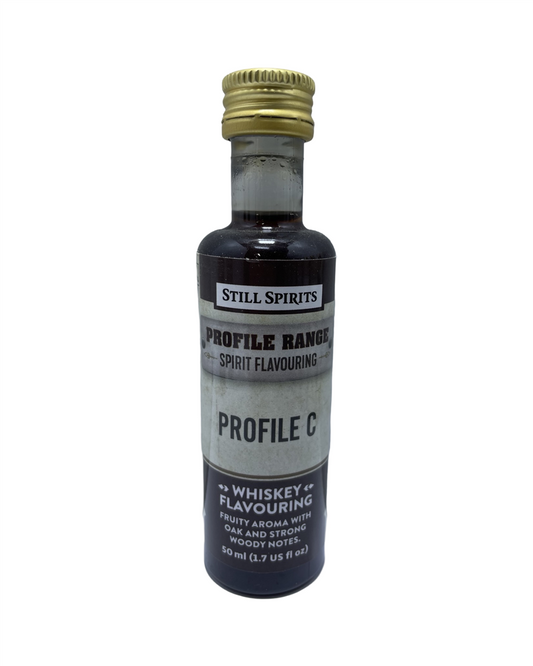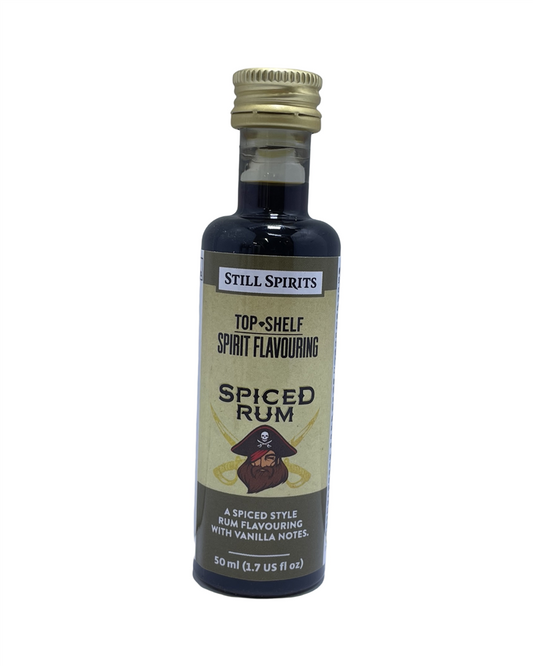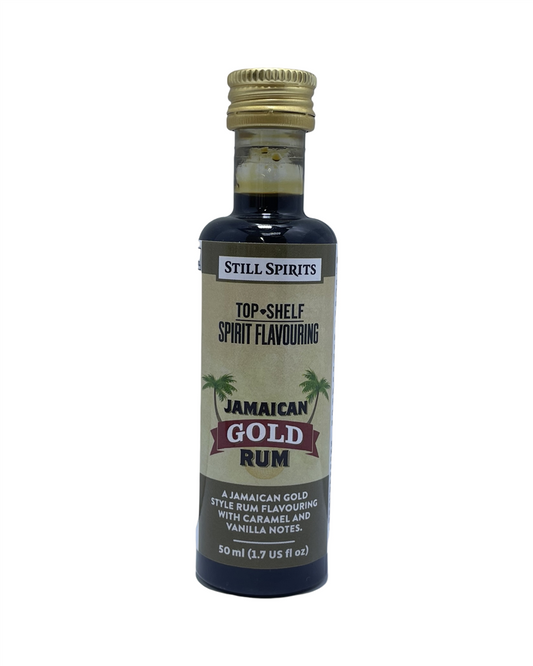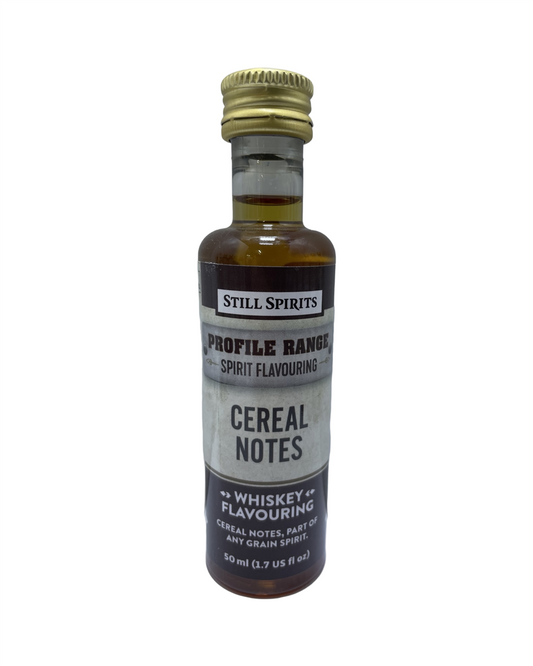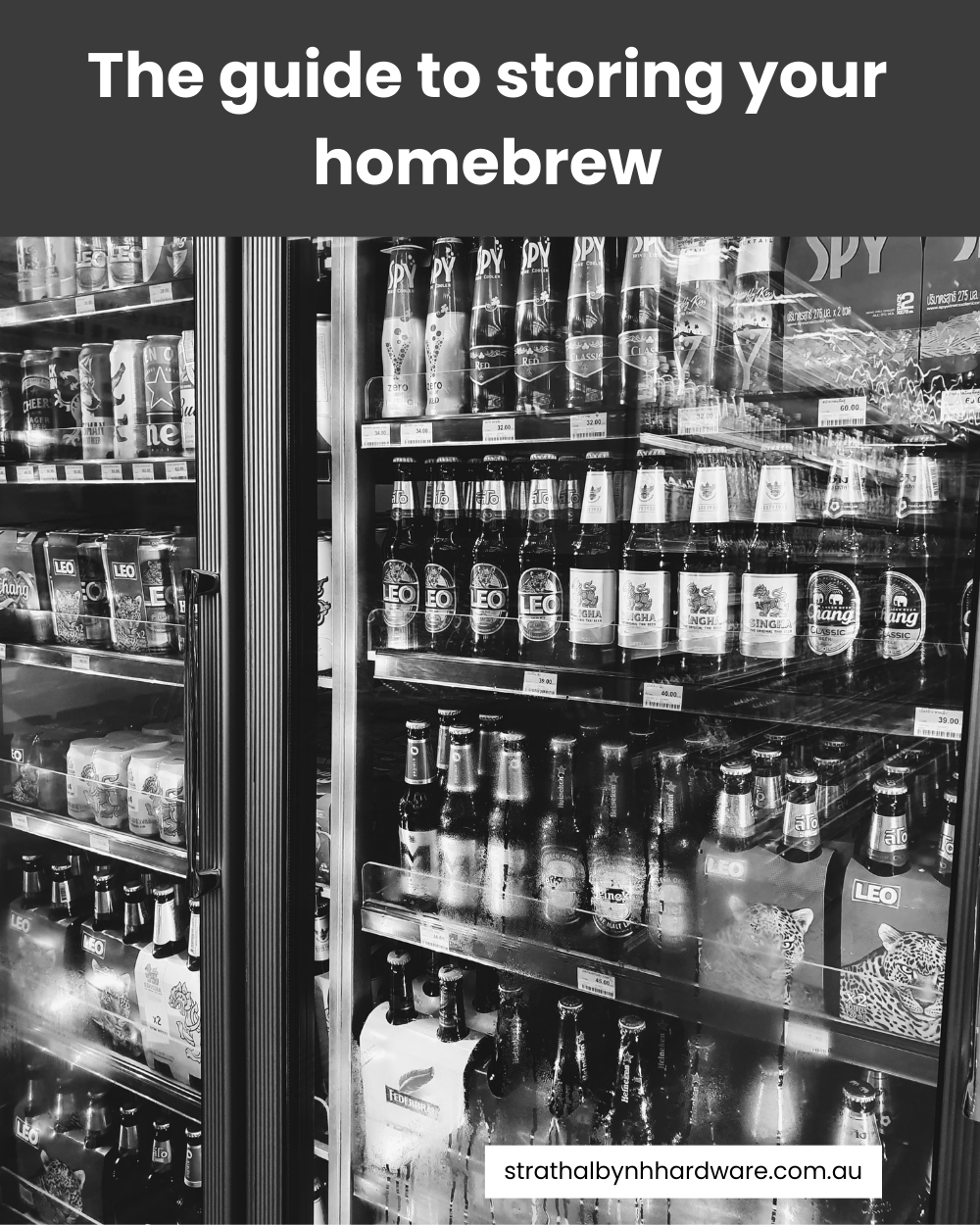
The guide to storing your homebrew
Share
So, you've brewed your very own beer, cider, or spirit. Congratulations—you're officially a homebrewer! Whether it’s your first batch or your hundredth, that post-brew excitement is hard to beat. But before you start showing off your latest creation, here's a question: are you storing your homebrew properly?
Getting storage right isn’t just about keeping your brew safe—it’s about locking in that delicious flavour you worked so hard to create. Let’s chat about how to store your homebrew like a pro without overcomplicating it. I promise, it’s easier than you think!
Why Proper Storage Matters
Homebrewing is a real labour of love, right? You’ve carefully mixed your ingredients, monitored all the stages, probably made a mess in the kitchen, and overcome the odd blooper (we've all been there). Proper storage is the final step in the process—and it’s just as important as choosing the right hops or nailing the fermentation time.
When done right, good storage can help your beer or spirits:
- Avoid off-flavours (nobody wants a funky batch).
- Maintain carbonation for those crisp, satisfying sips.
- Lengthen shelf life without losing quality.
Basically, storing your brew nicely is giving it the best chance to shine when it finally makes its debut at a BBQ or on a lazy Sunday afternoon.
Temperature: Keep It Cool (But Not Too Cold!)
Temperature control is key. Too hot, and your batch might spoil or develop off-flavours. Too cold, and some ingredients don’t age quite the way they’re supposed to.
For beer, think of your fridge as the gold standard. Aim for a range of about 3–7°C. If you’re working with spirits, they’re a bit more forgiving, but a dark cupboard or pantry at a cool room temperature will do wonders. Avoid leaving brew anywhere that sees wild temperature swings—it’s bad news for flavour.
Oh, and one more thing: NEVER store your brews in a hot car boot. I shouldn’t have to say this, but you’d be surprised how often it happens. 😂
Darkness is Your Friend
Light, particularly from the sun, can upset your brews. Beer, in particular, is sensitive to UV rays (those sneaky culprits can cause a "skunky" flavour... not ideal).
The solution? Simple. Use dark-coloured bottles or cans, or store your brew in a light-free zone. A cupboard, a basement, or even a simple box in the pantry will work nicely. It’s one of those small adjustments that make a big difference.
Bottle It Right
Your choice of container plays a huge role in keeping everything in tip-top shape. Here are a few ideas:
- Bottles: Glass bottles are the go-to for most homebrewers. Make sure you clean and sterilise them beforehand—the clearer your brew, the less chance of contamination or weird aftertastes.
- Kegs: Feeling fancy? Mini-kegs or growlers are great for serving from the tap. Just make sure your seals are tight and you store it cool.
- Plastic Containers: A more budget-friendly option, but keep them away from strong sunlight and replace any scratched or damaged ones (scratches can harbour bacteria).
Pro tip: If you’re reusing old beer or wine bottles, check for chips or cracks first. Nobody wants a leaky brew!
A Word About Carbonation
If your beer is carbonated, you’ll need to keep that in mind during storage. Letting bottles sit upright, rather than on their sides, helps minimise the risk of disrupting the carbonation or leaking through the seal. It also reduces sediment swirling around when you're ready to pour a glass. Trust me, the pour will be smoother for it!
Know Your Timeline
Here’s a tricky truth: homebrew doesn’t last forever. Sure, spirits can age like a fine wine (or whisky, to be more precise), but beer prefers to be enjoyed sooner rather than later.
As a general guide:
- Lighter styles (like pale ales): Best within 1-3 months.
- Darker, heavier beers: These can hang out for a good 6-12 months if stored well.
- Spirits: You’re pretty safe here for years, as long as you’ve stored them properly.
When in doubt, trust your taste buds. If the flavour feels off, err on the side of caution. Safety first!
Label Like a Legend
Before you toss your brew into the pantry, take a minute to label it. You think you’ll remember, don’t you? But a few months in, everything starts looking alike. Scribble the brew date, the batch name (have fun with this—our last batch was called “Dad’s Rocket Fuel”), and whether it’s a lager, IPA, cider, or something wild.
Not only is it functional, but it’s also oddly satisfying to see your bottles all lined up like little trophies of your brewing success.
Final Thoughts on Brewing Success
Storing your homebrew is as much a part of the process as those careful stirring sessions or that prized recipe. By minding the basics—temperature, darkness, and the proper gear—you’re setting yourself up to enjoy every sip exactly how you intended.
Now, crack open one of your masterpieces, toast to your efforts, and dream up your next batch. Because let’s be honest—brewing isn’t just a hobby. It’s a way of life. Cheers! 🍻
Candeece
Strathalbyn H Hardware is your home of homebrew in the Fleurieu check out our range of homebrew beer and spirit supplies


